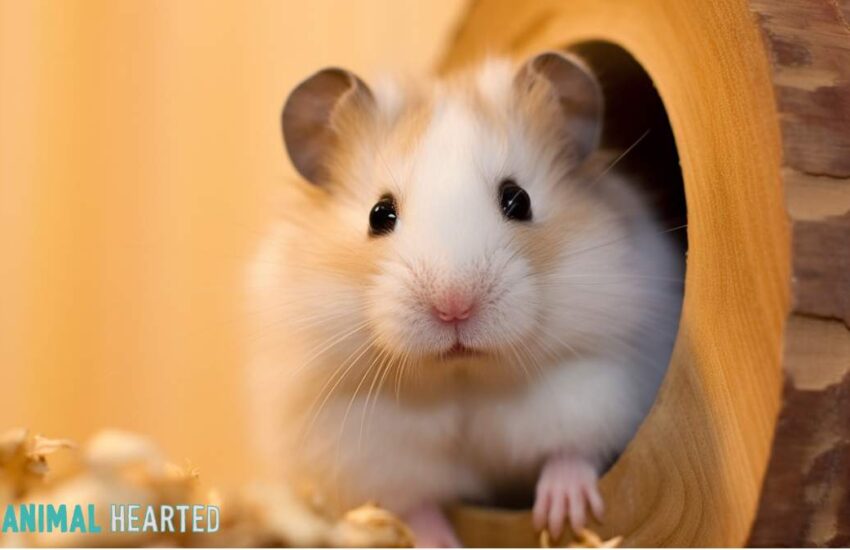Choosing Hamster Types for Kids
When it comes to selecting the perfect pet for children, hamsters are often at the top of the list. These small, lovable creatures offer great companionship, but it’s important to choose the right hamster type for your family. Various hamster species have distinct needs and temperaments, making some more suitable for kids than others. In this guide, we’ll explore the different types of hamsters and provide practical tips to help you select the best fit for your child.

Understanding Different Hamster Breeds
To make the best choice, it’s crucial to understand the various hamster breeds available. Each breed comes with its own personality traits and care requirements. Generally, there are five popular hamster species: Syrian, Dwarf Campbell Russian, Dwarf Winter White, Roborovski, and Chinese hamsters. Knowing their characteristics can greatly assist in making an informed decision.
1. Syrian Hamsters
Often regarded as the best breed for beginner pet owners, **Syrian hamsters** are larger than other types and tend to be very friendly. They can be handled easily and enjoy interacting with humans. These hamsters are usually solitary and should be housed alone to prevent fighting. Their average lifespan is about 2-3 years, providing ample time for children to bond with them. When choosing a Syrian hamster, look for healthy, active individuals and avoid those that seem lethargic or aggressive.
2. Dwarf Campbell Russian Hamsters
The **Dwarf Campbell Russian hamster** is another popular choice, known for its sociable nature. Unlike Syrians, they can live in pairs or small groups, which can offer kids a dynamic view of social behavior in animals. However, they can be a bit more skittish and require gentle handling. Their lifespan typically ranges from 1.5 to 2.5 years. For young children, these hamsters can provide both fun and educational experiences related to pet care.

Care and Handling
Proper care and handling are essential when introducing a hamster to your household. Each type of hamster has specific space, diet, and socialization needs that must be met to keep them healthy and happy. Understanding these requirements before bringing one home is vital.
Providing the Right Cage
Every hamster needs a suitable living environment. A good-sized **hamster cage** should be spacious, well-ventilated, and equipped with bedding that’s safe for pets. Ensure that the setup includes a wheel for exercise, tunnels for exploration, and chew toys to maintain dental health. Regular cleaning is paramount to prevent health issues. A clean habitat creates a healthy living space for your little furry friend.
Feeding the Right Food
Nutrition plays a key role in a hamster’s health. A high-quality **hamster pellet** serves as the main dietary foundation. Additionally, fresh vegetables and limited treats can provide variety. Avoid sugary snacks and ensure fresh water is available at all times. A well-fed hamster is generally more sociable and accessible for children, strengthening the bond between pet and owner.

Building a Bond with Your Child’s Hamster
Creating a strong bond with a hamster can be a delightful experience for children. Hamsters can be friendly companions, rewarding for kids who are gentle and patient. Here are some effective ways to foster that relationship.
Steps to Proper Handling
When introducing kids to the hamster, it’s crucial to teach them gentle handling techniques. Encourage them to approach the hamster slowly, letting it sniff their hand before trying to pick it up. Always support the hamster’s body, ensuring they feel secure during handling. Making handling a daily habit will help children learn responsibility and empathy toward pets.
Introducing Playtime
Playtime is essential for both the hamster’s and the child’s happiness. Setting up supervised play sessions outside the cage can be an engaging way for kids to interact with their hamster. Provide safe areas for the hamster to explore, ensuring they can’t escape. This experience enhances both the hamster’s agility and the child’s learning about animal behavior.

Conclusion
Choosing the right hamster type for kids requires careful thought and consideration. By understanding the different types of hamsters, making sure they have the correct care, and fostering a loving relationship, you can create a wonderful pet ownership experience for both your child and their new furry friend. Always remember that the joy of having a pet should be complemented by an understanding of responsibility and care. Make the best choice, and your family will be rewarded with countless memories together!
FAQ
1. What is the lifespan of a hamster?
Most hamsters live between 1.5 to 3 years, depending on the breed and care provided. Syrian hamsters tend to live slightly longer, around 2-3 years, while dwarf breeds may average 1.5 to 2.5 years. Proper care can contribute to a healthier life.
2. Can multiple hamsters live together?
It depends on the species. Syrian hamsters should always be kept alone due to territorial behavior. However, dwarf hamsters such as Dwarf Campbell Russian hamsters can be housed in groups, as they tend to be more social. Ensure to introduce them carefully.
3. What types of food do hamsters eat?
Hamsters should primarily be fed high-quality hamster pellets. You can also supplement their diet with small amounts of fresh fruits and vegetables as well as treats like seeds or nuts in moderation. Always provide fresh water to keep them hydrated.
4. How often should I clean my hamster’s cage?
Regular cleaning is vital for your hamster’s health. Spot clean daily to remove waste, and do a thorough cage cleaning every week. Replace bedding and wash accessories to maintain a hygienic environment.
5. Are hamsters suitable for young kids?
Yes, hamsters can be a great pet for young kids, provided that they are taught the correct way to handle and care for them. Syrian hamsters are especially recommended for younger children due to their friendly nature. Under supervision, hamsters can teach children about responsibility and compassion for animals.
